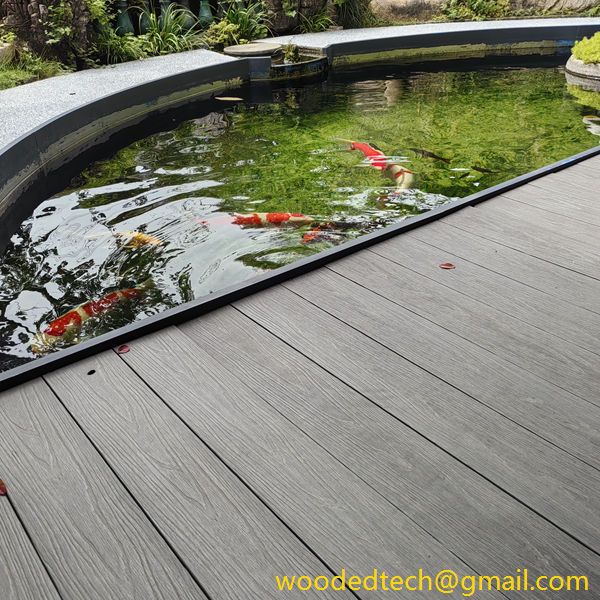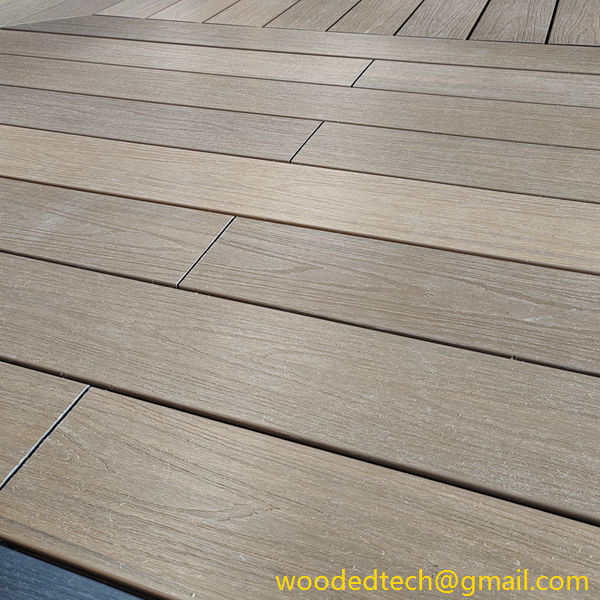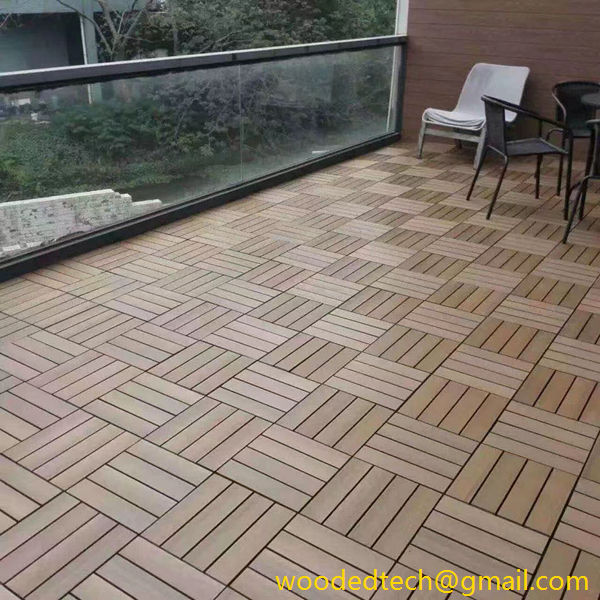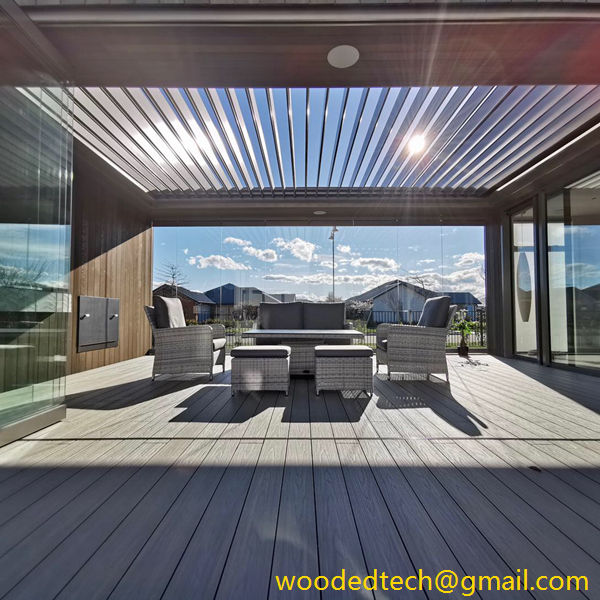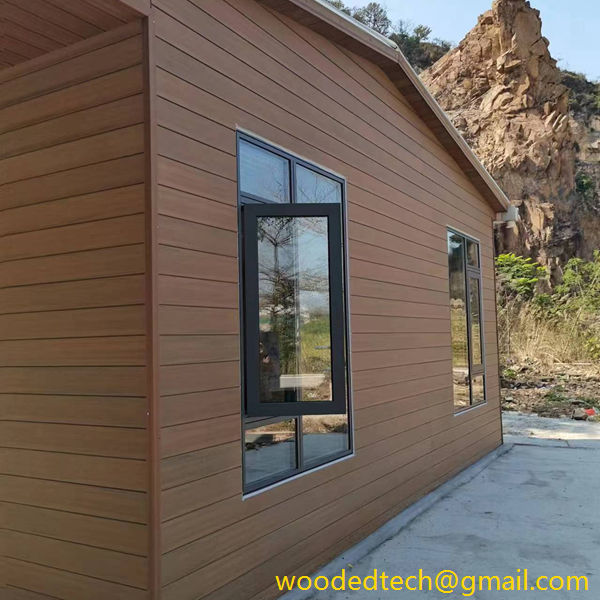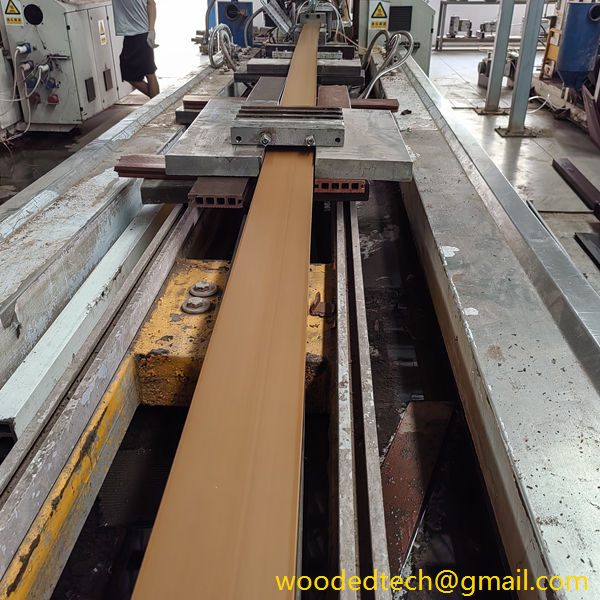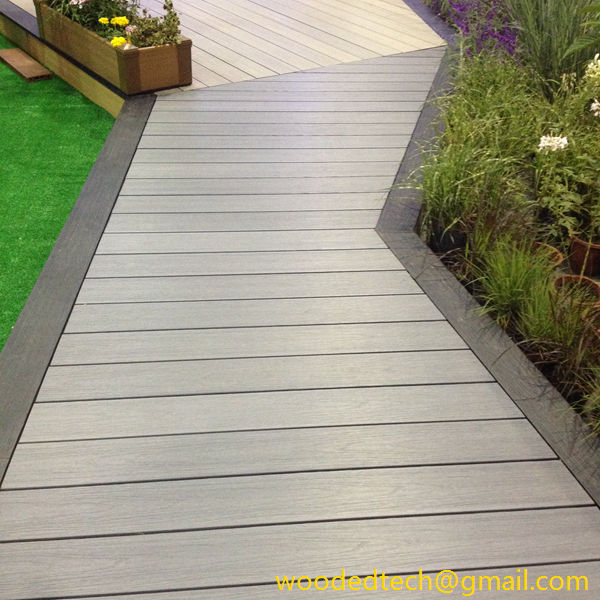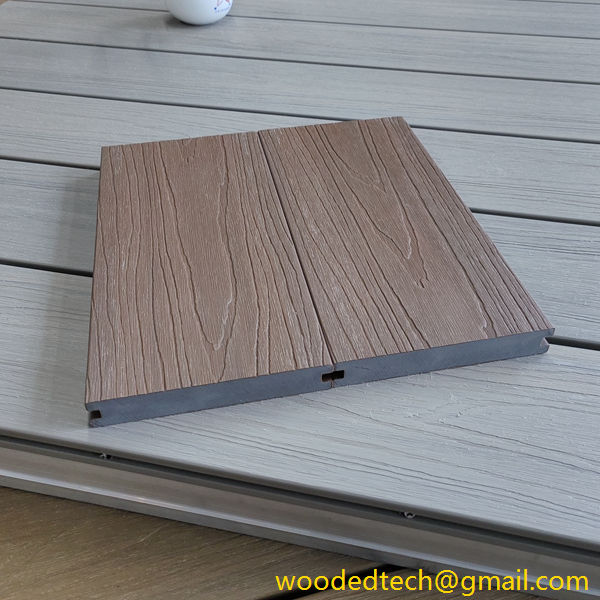Is WPC Decking Any Good? A Comprehensive Review
Is WPC Decking Any Good? A Comprehensive Review When considering outdoor decking options, one material that has gained significant popularity in recent years is Wood Plastic Composite (WPC) decking. This innovative material blends the aesthetics of natural wood with the durability and low maintenance of synthetic materials, making it an appealing choice for homeowners and…
Is WPC Decking Any Good? A Comprehensive Review
When considering outdoor decking options, one material that has gained significant popularity in recent years is Wood Plastic Composite (WPC) decking. This innovative material blends the aesthetics of natural wood with the durability and low maintenance of synthetic materials, making it an appealing choice for homeowners and builders alike. In this comprehensive review, we will explore the advantages and disadvantages of WPC decking, its composition, its performance in various climates, its environmental impact, and how it compares to traditional wood.
WPC decking is primarily made from a mixture of wood fibers, plastic, and additives. This combination results in a product that mimics the appearance of wood while offering enhanced durability and resistance to the elements. One of the most significant advantages of WPC decking is its resistance to moisture, which makes it suitable for areas prone to humidity or heavy rainfall. Unlike traditional wood, which can warp, splinter, or rot when exposed to water, WPC decking maintains its structural integrity over time. This characteristic is particularly beneficial for coastal regions or places with frequent rain.
Another notable benefit of WPC decking is its low maintenance requirements. Homeowners often find themselves spending countless hours sanding, staining, and sealing traditional wood decks to preserve their beauty and functionality. In contrast, WPC decking typically requires only periodic cleaning with soap and water to keep it looking its best. This ease of maintenance makes it an attractive option for busy individuals or families who want to enjoy their outdoor spaces without the burden of constant upkeep.
WPC decking also offers excellent resistance to fading and discoloration. Traditional wood can lose its vibrant color over time due to sun exposure, while WPC decking is designed with UV inhibitors that help it retain its original hue. This means that homeowners can enjoy the beautiful appearance of their deck for years without the need for frequent refinishing.
However, while WPC decking presents many advantages, it is not without its drawbacks. One common concern is its cost. WPC decking tends to be more expensive initially than traditional wood options. Although the long-term savings associated with reduced maintenance and replacement costs may offset the initial investment, some homeowners may find the upfront price prohibitive. It’s essential to weigh the long-term benefits against the initial costs when considering WPC decking for your outdoor space.
Another potential downside to WPC decking is its susceptibility to scratching and denting. While it is more durable than traditional wood in many respects, it is not entirely impervious to damage. Heavy furniture, sharp objects, or high heels can leave marks on the surface of WPC decking. Homeowners should take care to use furniture pads and avoid dragging items across the deck to minimize the risk of scratches.
In terms of aesthetics, WPC decking has come a long way in recent years. Early iterations of the material often had a plastic-like appearance that many found unappealing. However, advancements in manufacturing techniques have allowed for the production of WPC decking that closely resembles natural wood grain. Available in various colors and finishes, WPC decking can complement a wide range of architectural styles and outdoor designs. This versatility is one of the reasons it has become a popular choice among homeowners looking to enhance their outdoor spaces.
When it comes to performance in different climates, WPC decking generally performs well in both hot and cold environments. It does not expand or contract as much as traditional wood, which means it is less likely to buckle or warp due to temperature fluctuations. However, homeowners should be aware that extreme heat can cause the surface of WPC decking to become hot to the touch, which may be uncomfortable for bare feet. In colder climates, WPC decking can become slippery when covered in ice or snow, so appropriate measures should be taken to ensure safety during winter months.
Environmental considerations are increasingly important to many consumers, and WPC decking offers some appealing benefits in this regard. Many manufacturers produce WPC decking using recycled materials, which helps reduce waste and environmental impact. Additionally, because WPC decking does not require chemical treatments for preservation, it can be a more eco-friendly choice compared to traditional wood options that often rely on harsh chemicals to combat pests and rot.
In conclusion, WPC decking presents a compelling option for homeowners seeking a durable, low-maintenance alternative to traditional wood decking. Its resistance to moisture, fading, and warping makes it particularly suitable for various climates and environments. While it may come with a higher upfront cost and some limitations regarding scratching, its long-term benefits and aesthetic appeal make it an excellent choice for many outdoor projects. When considering WPC decking, it is essential to evaluate your specific needs, budget, and preferences to determine if this innovative material aligns with your vision for your outdoor space. By weighing the pros and cons carefully, you can make an informed decision that will enhance your home and provide enjoyment for years to come.

